
like the delayed rays of a star
Roundtable Discussion: Feb 28, 2024, 5pm
Opening Reception to follow at 6pm
Institute of Art in the Arab World, Gezairy Art Gallery
The Lebanese American University, School of Architecture & Design
Beirut, Lebanon
The exhibition is open on weekdays February 29 - March 13, 2024, 10am - 6pm

Middle Eastern Studies Conference 40th Annual Film Festival
With a face of golden pleasure, elegantly destroy
Film Screening
Palais des congrès
Montréal, Québec, Canada
October 23 - November 13, 2024
The Middle East Studies Association (MESA) fosters the study of the Middle East, promotes high standards of scholarship and teaching, and encourages public understanding of the region and its peoples through programs, publications and services that enhance education, further intellectual exchange, recognize professional distinction, and defend academic freedom. MESA is primarily concerned with the area encompassing Iran, Turkey, Afghanistan, Israel, Pakistan, and the countries of the Arab World (and their diasporas) from the seventh century to modern times. Other regions, including Spain, Southeastern Europe, China and the former Soviet Union, also are included for the periods in which their territories were parts of the Middle Eastern empires or were under the influence of Middle Eastern civilization.
May 13, 2023, 2-4pm
The International Center of Photography, NYC
Seaton Street Press

like the delayed rays of a star reviewed in X-TRA Journal for Contemporary Art
For the Lives column, Suzy Halajian views Lebanon through like the delayed rays of a star, a book by Heather M. O’Brien-Takahashi—where photographs mark time as well as crises, and life burns on.
dyad gaze, an evening of films by heather m. o'brien
ArtSpace 304
Carbondale, Illinois
March 19, 2022
6-8pm
This series of films aims to offer a nuanced dialogue on issues relating to gender, spirituality, grief, exile, and belonging. Local poetics and politics within the context of Illinois are further unpacked vis-à-vis O’Brien’s invitation to include a recent film by Cody Tracy, an MFA candidate in Southern Illinois University’s School of Media Arts, where O’Brien is an Assistant Professor of Cinema. The evening also includes a film which is part of a larger ongoing collaboration with artist Jonathan Takahashi. In response to the broader invitation within Women’s History Month, these works consider what it means to belong to a place or a tribe, the role of the caretaker, and the intersectionality of domesticity and death. Q&A moderated by Sarah Lewison.
Revolution Everywhere: Thresholds of Resistance
Contemporary Arts Center Gallery
University of California, Irvine
Oct 09 - Dec 11, 2021
Curated by Juli Carson
Revolution Everywhere: Thresholds of Resistance features 3 large-scale installations by Panos Aprahamian, Heather M. O’Brien, and Simon Liu, whose artworks have been shaped by the recent revolutions taking place in Lebanon and Hong Kong. Though their aesthetic tactics and political subject matter differ, a common stance by Aprahamian, O’Brien, and Liu can be observed. Within the current devastation of failed nation states and forced Disapora, a poetic approach to political events ‘makes life worth living.’
Revolution Everywhere
The exhibition’s political title derives from an interview of the Lebanese journalist, scholar and activist Joey Ayoub and the Hong Kong based Lausan Collective on June 13, 2020, entitled "Revolution Everywhere,: A conversation between Hong Kong and Lebanese protesters," Central to both the Hong Kong and Lebanese protestors, they argue, is a temporal angst and fear of cultural disappearance. Significantly, this interview was conducted just weeks before Chinese President Xi Jinping signed the Hong Kong national security law, which criminalized four types of activity – secession, subversion of state power, terrorism and collusion with foreign entities – carrying a penalty of up to life in prison. The interview was also published a month prior to the catastrophic Beirut port explosion that occurred at 6:07pm on August 4, 2020, which left more than 160 dead, 6,000 injured, 300,000 homeless, including 100,000 children without shelter. And yet, in the wake of all this destruction, Ayoub and Lausan’s assertion still rings true: “The momentum for liberation is never lost; it simply picks up at different speeds in different places, at different times.”
Thresholds of Resistance
Carson’s curatorial vision takes a cue from Bernard Stiegler’s book What Makes Life Worth Living, wherein art is conceived as a kind of pharmakon. “Pharmakon” – or poison-cure – is what Plato called writing because transcription simultaneously “cures” generational forgetfulness while potentially “poisoning” the spoken word’s authenticity. Accordingly, the pharmakon is what enables us to take care of something – as remembering an historical event for instance – but the pharmakon must also be taken care of, lest the care it seeks to give proves destructive. On this account, witness the current circulation of imagery and reportage on social networks regarding the global pandemic. What, then, might instance a more curative than poisonous pharmakon in art? It is Revolution Everywhere’s guiding principle that artworks produced at the aesthetic threshold of political resistance – wherein the poetics of space is allowed to play out on the margins of revolution – imagine the power that art-pharmakons might have today. Correspondingly, when historical amnesia all too often ushers in the recycling of historical dilemmas, Aprahamian, O’Brien, and Liu’s respective poetics demonstrate the art-pharmakon’s curative power, productively guiding us through an Anthropocene defined by global pandemics, rising authoritarianism and global networks of civil disobedience.
Image: Panos Aprahamian, Thresholds of Resistance, Google Maps Collage, 2021

reCourse work
the los angeles contemporary art archive & the southern california library
organized by gloria galvez
spring 2021
the los angeles contemporary art archive (laca) and the southern california library (scl) have collected ephemera from artists, authors, and performers related to the process of creating course work, lessons and syllabi. the goal is to demystify how artist’s build pedagogical tools. these include prompts, notes, sources, paystubs, outline drafts, or correspondences that shaped an art course. we want to share strategies and facilitate multiple entry points into knowledge building by artists for artists and people interested in the arts. the goal of the collection is to offer resources, and a varied perspective of life as art makers and educators today including course work, lesson plans, prompts, syllabuses, slides, notes, or correspondences that shaped the course. with an emphasis on anti racist, sexist, lgbtphobic and class conscious related art teaching materials.

ethics of estrangement: dyad gaze published on pharmakon.art
a conversation between heather m. o'brien and latipa (b. michelle dizon), moderated by juli carson, around filmmaking and the place from which one speaks, in tandem with the exhibition beirut lab 1975(2020).
this dialogue explored what it means to make image-based work about a place when the author is not understood to be from that place. how are understandings of “place” made and what subjective and historical registers urge artists to ground their practice in a politics of solidarity. taking latipa’s gaza before the law (2018), shot in los angeles and palestine, and o'brien's dyad gaze (2019), shot in beirut, lebanon as starting points, the artists discussed the privilege of mobility, decolonial strategies for documentation, the legacy of images of war and domesticity, and trinh t. minh-ha's idea of "speaking nearby."
__
image: a stopped clock after the beirut port explosion occurred at 6:07pm on tuesday august 4, 2020. the explosion left more than 200 dead, 7,500 injured, 300,000 homeless, including 100,000 children without shelter.

feature in the evergreen review summer 2020 issue
in 1957, barney rosset, fred jordan and a few others launched the evergreen review with work by samuel beckett, jean-paul sartre, mark schorer, and james purdy. for the next sixteen years, evergreen published writing that launched an assault on american propriety: literary, sexual, and social. evergreen’s genius lay in its ability to mix radical american voices from the literary and social fringes—burroughs, ginsberg, susan sontag, leroi jones, henry miller—with a global cast of writers, many of whom were introduced to american readers by the magazine: beckett, genet, grass, ōe, duras, paz, walcott, nabokov. the magazine was often shocking, always intriguing. it featured some of the finest writing available, by writers whose influence continues to shape contemporary literature.

we take pictures so we can forget, 35mm slide film
rusted radishes: beirut literary and art journal
issue 8: sea change
publication launch
friday, december 13, 2019
6:30 pm
barzakh bookstore
beirut, lebanon
how did we predict the sea change that would come upon us? the sea told us.
rusted radishes: beirut literary and art journal was founded by rima rantisi and crystal hoffman of the american university of beirut in 2012 with the intention of creating a space for both emerging and established writers and artists who have a connection to lebanon. over the years, we have published diverse work from bordering countries, the diaspora, and beyond. as we evolved, we opened the submissions to people connected to the mena region. we do not insist on creating geographic borders for submissions, but we do acknowledge that beirut’s revolving door of influences and cultures, its history, and its perch on the mediterranean, is certainly at the heart of a unique convergence of voices.
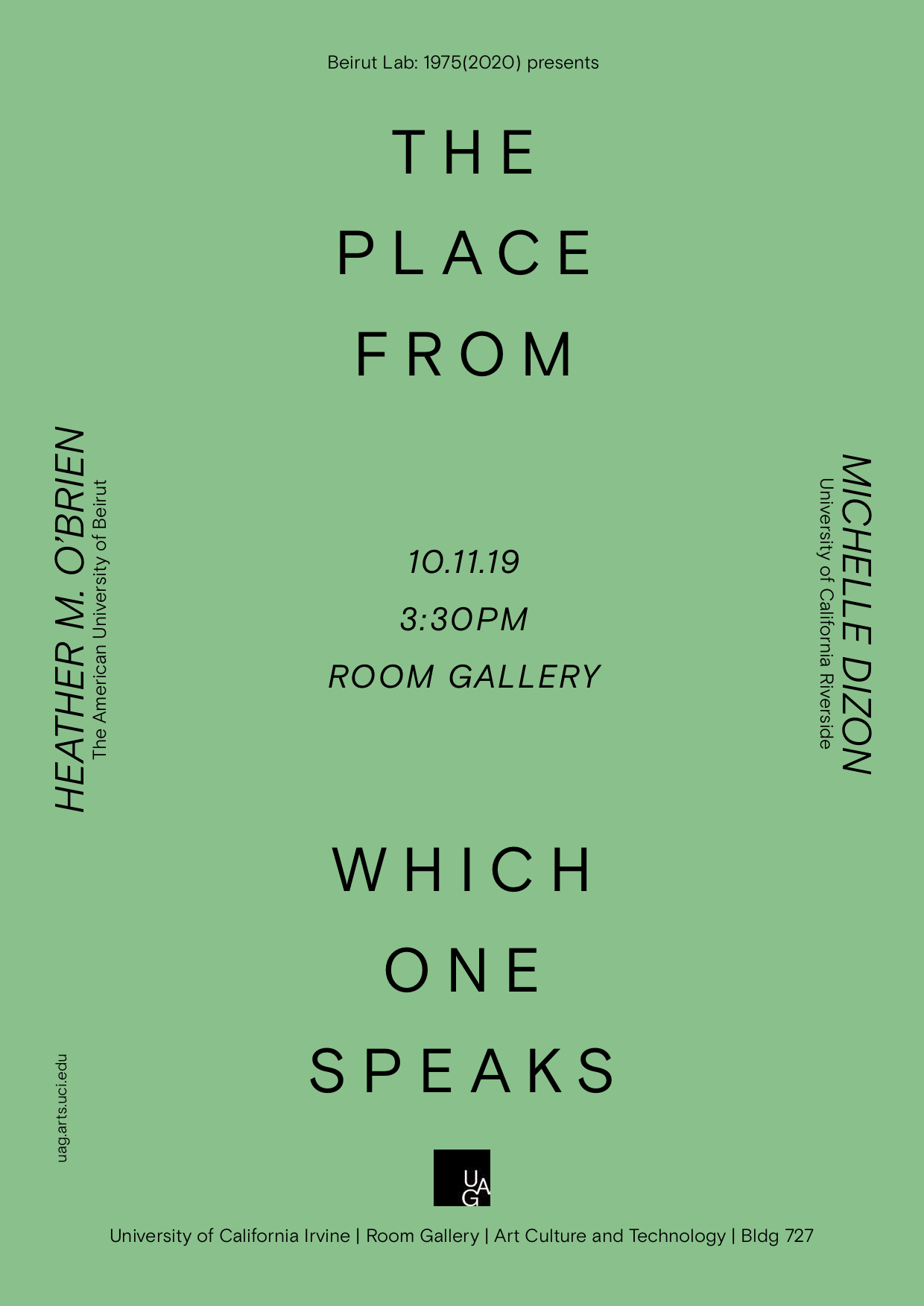
the place from which one speaks:
a conversation with michelle dizon & heather m. o’brien
friday, october 11, 2019
3:30-6pm
room gallery
university of california irvine
in conjunction with the exhibition beirut lab 1975 (2020), this dialogue will explore what it means to make image-based work about a place when the author is not understood to be from that place. how are understandings of “place” made and what subjective and historical registers urge artists to ground their practice in a politics of solidarity. taking dizon’s gaza before the law (2018), shot in los angeles and palestine, and o'brien's, dyad gaze (2019), shot in beirut, lebanon as starting points, the artists will discuss the privilege of mobility, decolonial strategies for documentation, the legacy of images of war and domesticity, and trinh t. minh-ha's idea of "speaking nearby." o'brien was a student of dizon's at calarts from 2011-2013, in courses including visualities and the alterglobal, the work of war in times of art, and feminism in translation.
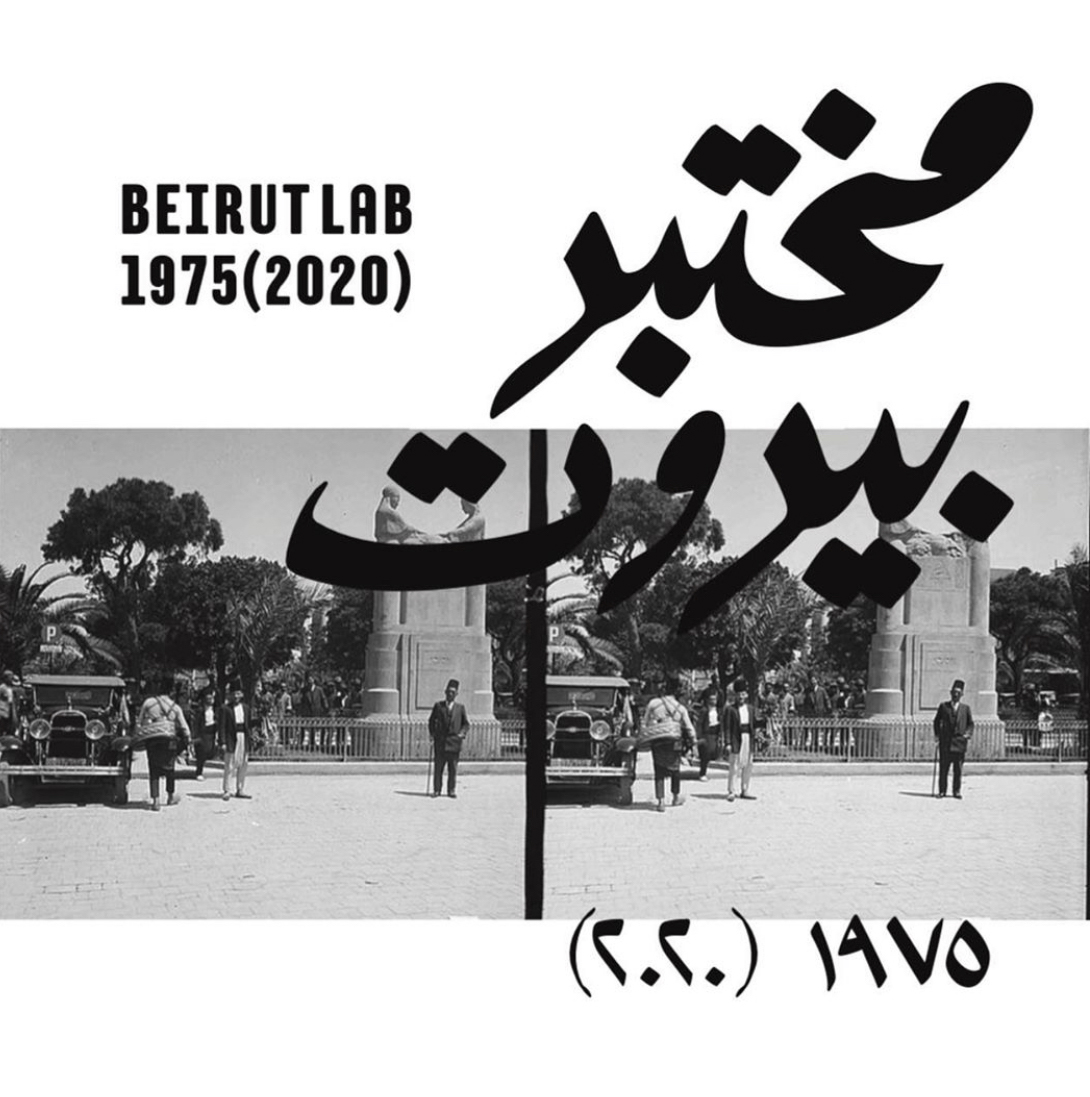
beirut lab: 1975(2020) or again, rubbed smooth, a moment in time__caesura
october 5 – december 14, 2019
room gallery
university of california irvine
claire trevor school of the arts
curated by juli carson and yassmeen tukan
in [a] gödel universe, it is provable that there exist closed time-like curves such that if you travel fast enough, you can, though always heading toward your local future, arrive in the past. these closed loops or circular paths have a more familiar name: time travel. but if it is possible in such worlds, as gödel argues, to return to one’s past, then what was past never passed at all.
- palle yourgrau, a world without time, 2004
when we look out into the world and ask, “where is art,” we are really pondering, “when is art?” for contemporary space is reciprocally – and inextricably – bound up with historical time. such that, art is always in transit; not only in its various spatial adaptations throughout history, where we encounter it, but in its temporal apparitions, at once past, present and future. quantum mechanics has a name for this phenomenon: space-time.
the subject of beirut lab: 1975 (2020) – a film installation – features contemporary film essays produced by artists living and working in beirut, a site where time bends and curves, as in a gödel universe. here, as elsewhere, historical events are what semioticians call a “sliding signifier,” an image-unit that floats between the past, present and future, then back again in one’s mind. counter-intuitively, beirut is also a city where particular events function as a kind of collective caesura – an historical blank space – within cultural consciousness. the most prominent of these events being the lebanese civil war, 1975-1991, which has (and continues) to provoke critically minded artists to engage in a type of hermeneutic aesthetics of past moments in time.
for instance, artists of one generation, who were in primary school in the seventies, wrangle with screen memories of that moment, which can neither be completely remembered nor forgotten. alternately, a younger generation of artists attempts to untangle that which they never knew themselves but which they have inherited as a gap in lebanon’s state sanctioned national history. but, already, this generational schema is a bit too tidy. for there are those artists in the region whose artwork critically investigate the more general question of memory, history and, therefore, temporality, by subtending the perspectival positions of the aforementioned generational lines. the film essays featured in beirut lab: 1975(2020), showcase all three such perspectives.
films by: basma alsharif, panos aprahamian, mohamed berro, gregory buchakjian and valerie cachard, ali cherri, toni geitani, daniele genadry, amer ghandour, ahmad ghossein, ghassan halwani, mustapha jundi, nadim mishlawi, heather m. o'brien, raed and rania rafei, walid sadek, ghassan salhab, mohamed soueid, rania stephan, and jalal toufic.
a film program of 30 films screened over five days a week, for ten weeks. each day’s grouping – an essay of film-essays – ponders the imbricated questions: when in time is beirut? where in beirut is time?
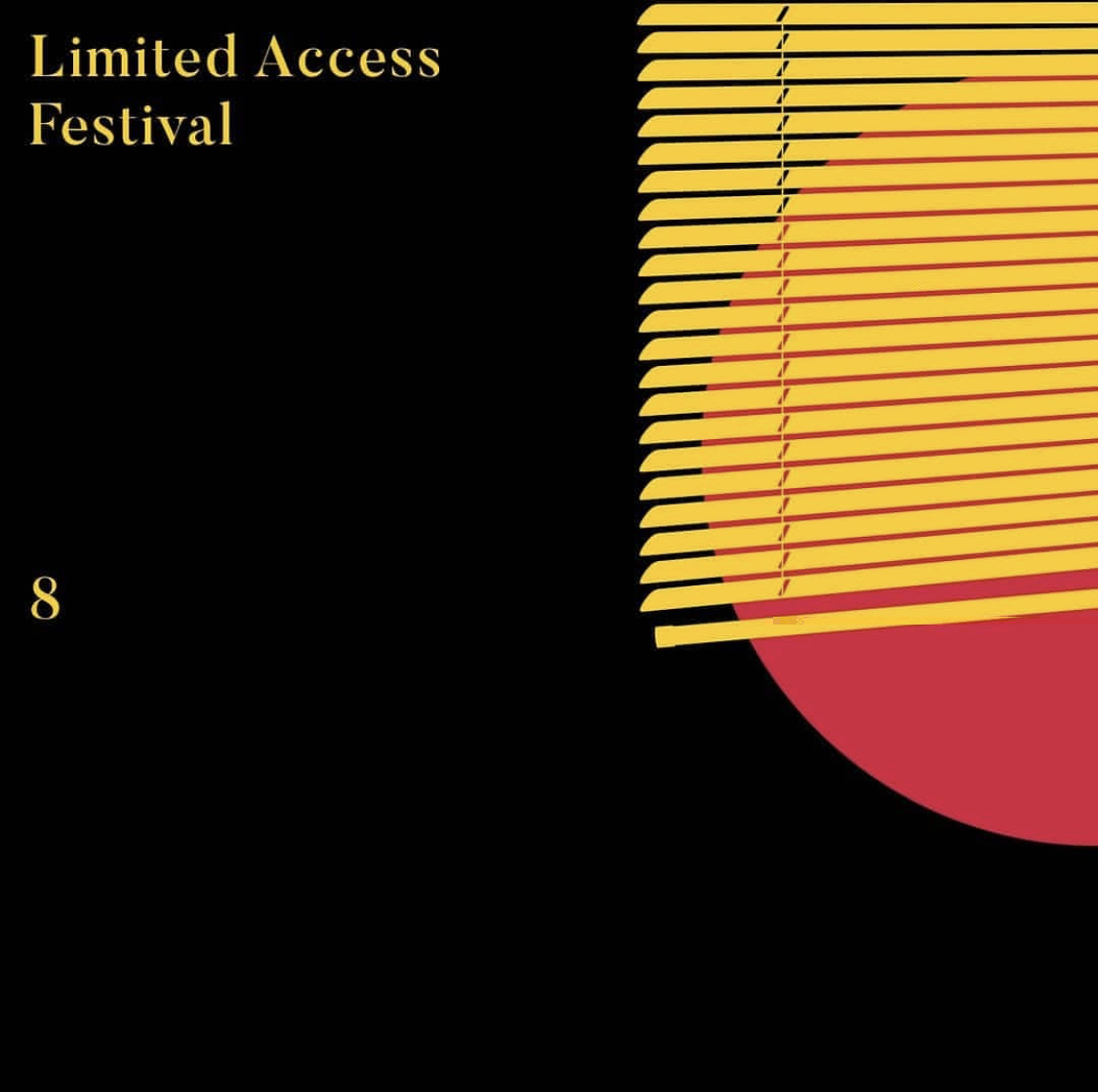
limited access festival 8: moving images, sound, & performance
july 26 - august 2, 2019
aaran art gallery
tehran, iran
curated by nebras hoveizavi
how does the examination of the every-day lead to the extra-ordinary? how does a group of still people transmit such a sense of urgency to produce the desire for reaction and creation? how do melting materials and their melting sound lead to such a dark place in humanity?
limited access festival 8 will provide the space and the time where moving images will poetically present these issues and bravely propose these questions. your eyes will follow, as will your ears, and you will find that your senses, together with these artists, will create meaning beyond words and above an ordinary understanding of reality.
limited access festival 8 is organized by parkingallery projects in collaboration with aaran art gallery, tamaas foundation, and new media society in partnership with tirafkan foundation, no-ein space, platform 3 & bidar institute.
parkingallery projects founded limited access festival in 2007. parkingallery projects was a small project space in tehran which started an independent festival for video, sound, and performance. since then, limited access has been featuring many prominent and emerging artists from iran and across the world. in addition, the festival presented guest-curated international programs and offered an archive section which provided a moment to look back in the history of moving images/video, experimental films and extract practical material the parallel educational programs.
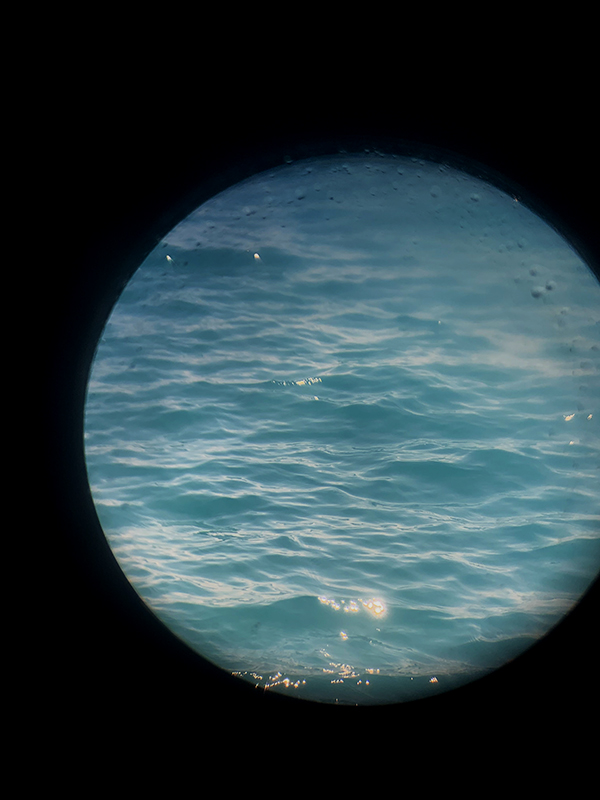
FLOATS (floating laboratory for action and theory at sea)
june 28 - 30, 2019
the archipelagos institute of marine conservation
samos, greece
a three-day working meeting took place between the archipelagos institute of marine conservation and FLOATS (floating laboratory for action and theory at sea). the aegean explorer boat hosted the meeting en route in the eastern aegean sea. main objectives of the working meeting included: the launching of a “inter-mediterranean school of the sea" for the collection, processing and exchange of sea-borne knowledge between scientists, academics, artists, activists, and local communities and the preparatory steps for the "archives of the sea" which, while reviving the ancient seaways of the mediterranean, aim to document, map and highlight the common maritime heritage of its peoples.
FLOATS consists of academic researchers in social anthropology, politics, history, art, architecture and political ecology from greece, egypt, lebanon, spain, italy, cyprus, turkey and the USA. the project is an experimental platform dedicated to teaching, research, public engagements and awareness about the social sciences of the sea. one of our main objectives is to offer a continuous critical commentary on the perils of our dominant territorial frameworks. it is a platform that invites academics, artists, activists, and sea-oriented professionals to rethink the sea.

with a face of golden pleasure, elegantly destroy
april 9, 2019, 12:30pm
the center for arts and humanities
the american university of beirut, lebanon
screening of past works and research around a new essay film project. the filmmaker heather m. obrien will be in conversation with noor tannir and jonathan takahashi. the dialogue will be moderated by walid sadek.
water is never still. and what else to say about water, after having seen the immense walls of dark stones of the palaces and old houses of beirut, except that water continues to love and to destroy the fortress of spirit that characterizes lebanon. water reduces this spirit of conquest and of negation of old lebanon to walls of canvas whose gashes are death for matter and a window for the liberation of the mind. water, therefore, should be thought only in relation to its sites, and within the civilizations to which it belongs.
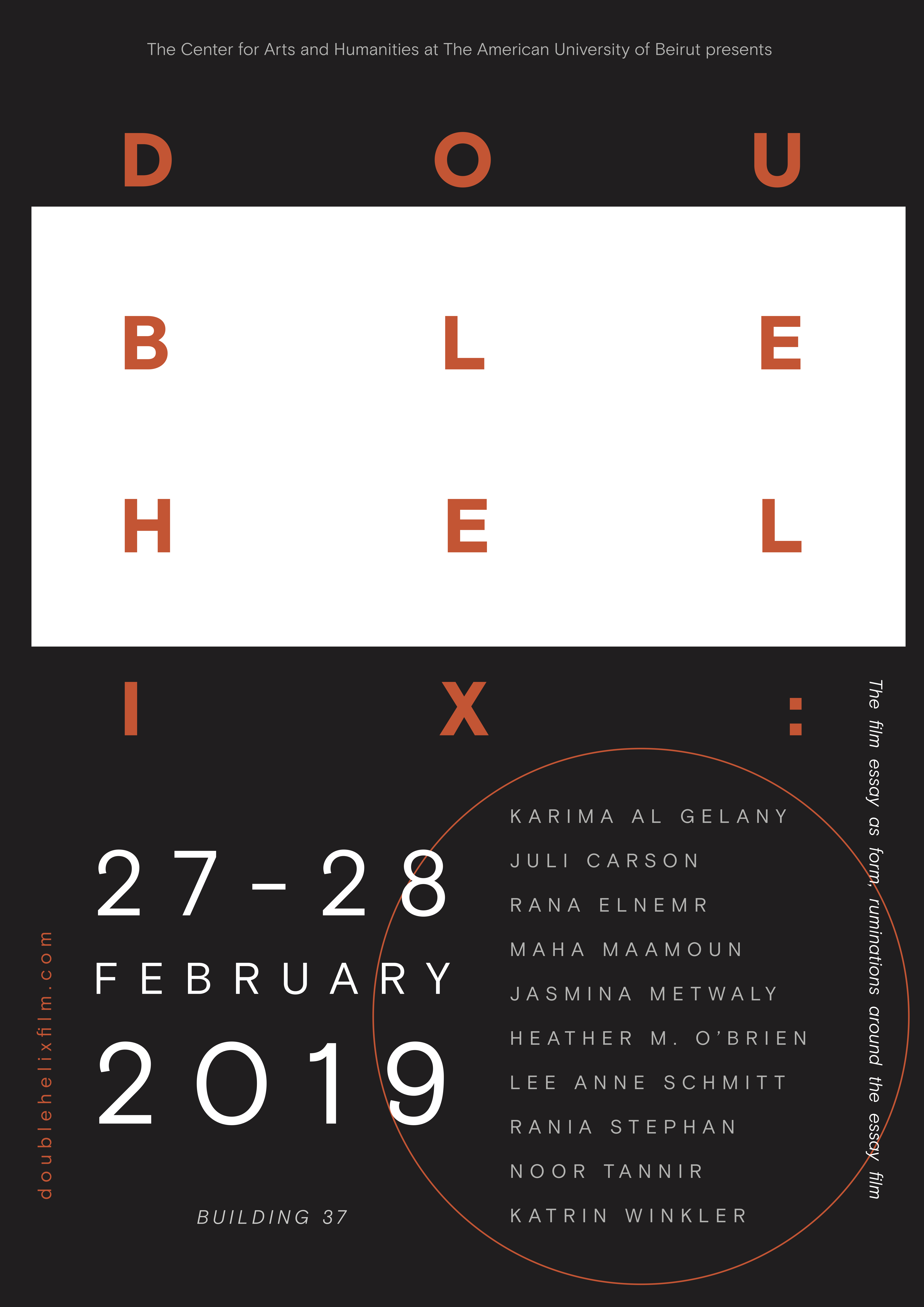
double helix: ruminations around the essay film, the film essay as form
february 27 - 28, 2019
the center for arts and humanities
american university of beirut, lebanon
how do we make sense of the polemical term ‘essay film’ as well as the phrase ‘double helix,’ an expression coined by the late filmmaker harun farocki? since the 1960s, artists have explored the narrative enigmas of the film essay. still photography—cinema's ghostly parent—was eclipsed by the medium of film, but also set free. the rise of the moving image also obliged photography to make a virtue of its own stillness. perhaps the essay film envied the simplicity, lightness, and precision of photography, and, as chris marker showed us in la jetée (1962), it would be possible to create a compelling science-fiction film composed almost entirely of black-and-white photographs.
but what is a film essay today, in our contemporary moment of fleeting images? is it a portrait, a conversation, a political statement, a question? to ponder this we look at frames made by four generations of moving-image makers—born in years ranging from the 1960s to the 1990s—this constellation of artists aim to challenge the traditional notion of the essay film in spaces ranging from beirut to cairo, namibia to detroit.
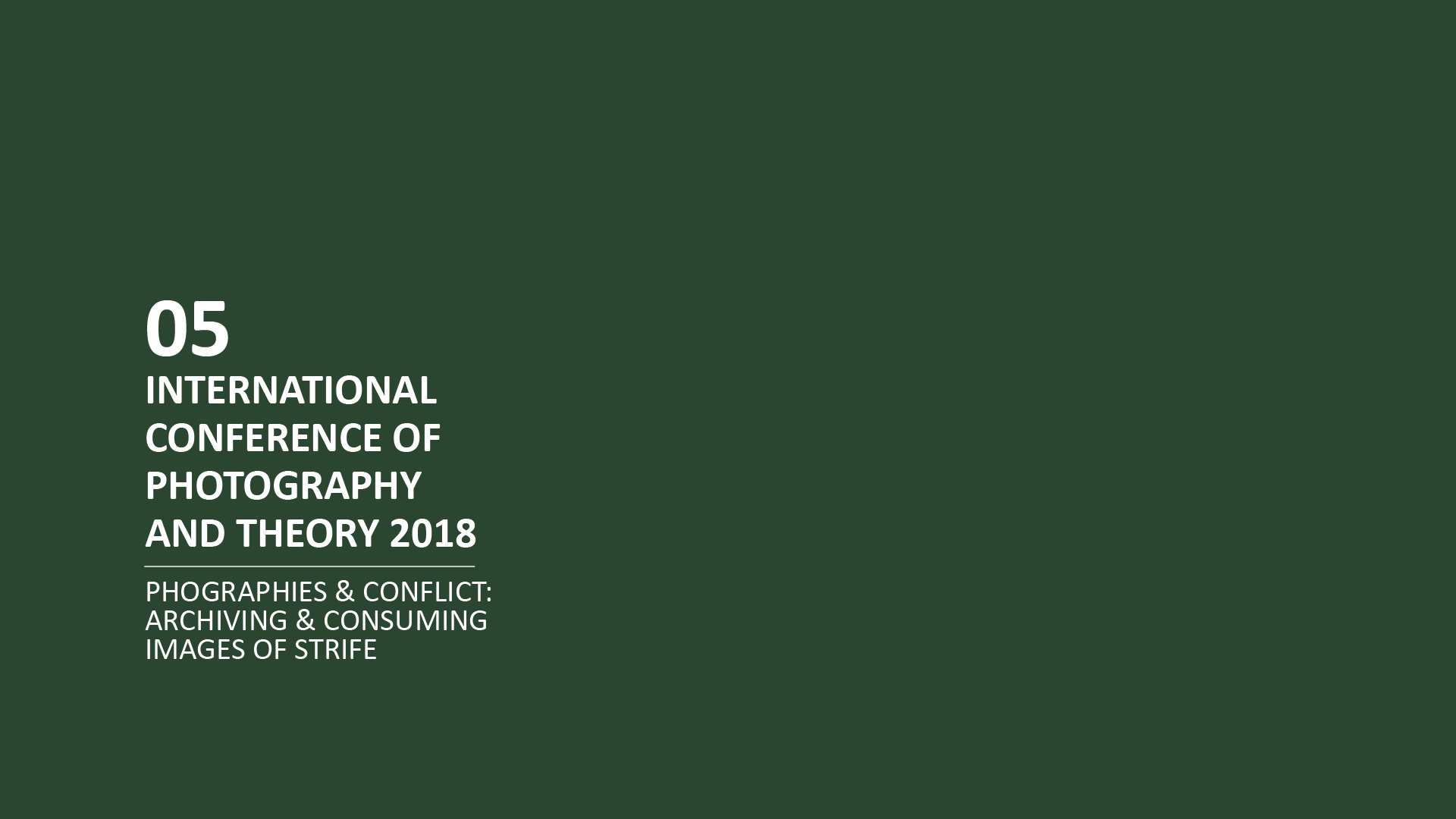
photographies and conflict: archiving & consuming images of strife
the 5th international conference of photography & theory
famagusta gate
nicosia, cyprus
november 22–24, 2018
as drones fly over our heads surveying our movements, it becomes evident that the fast evolving technologies of capturing images of war and violence have resulted, among other things, in an unprecedented extent of spectacles of conflict. anaesthetised and disconcerted because of our repeated encounter with the visual representation of the ever increasing instances of strife, the potential democratic role of photographic images in addressing how we understand notions of pluralism, control, manipulation, terror and erasure gains precedence as we realize our numbness due to over-exposure.
propaganda, resistance and activism are re-narrated through a post––and yet neo-colonial frame of political intervention, control and detention by world powers, while the presence of photographic images of conflict has become firmly relocated, placed within contemporary art practice and the museum space. at the same time, due to the proliferating technologies of production, the multiplicity of photographic practices, genres, uses and migrations of photographs, we are compelled to start thinking about photographic endeavours in terms of a multitude of photographies instead of the singularity of photography.
the 2018 international conference of photography and theory interweaves the ideas of the conflictual and the archival in relation to the photographic image. the open call is shaped on the basis of three thematic strands: archiving photographies; conflicts and photographic mediations; photographies and conflict as cultural product.
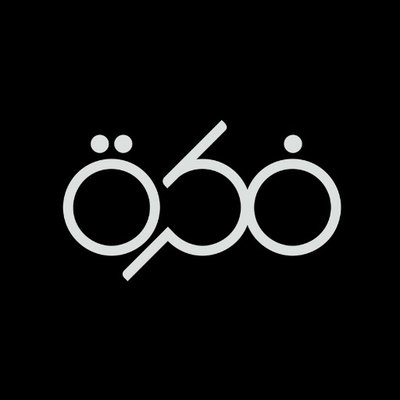
fikra graphic design biennial
sharjah
united arab emirates
november 9–30, 2018
the inaugural fikra graphic design biennial, “ministry of graphic design,” proposes graphic design as integral to contemporary civic life, forming nearly every medium, message, and communication we encounter today. graphic design continues to gain in prominence, as seen in the rising enrollments in graphic design higher degrees worldwide, in the integration of design thinking into every aspect of global entrepreneurship, and even in the sophisticated communication of international public, non-profit, and governmental institutions to guide policy, problem-solving, and public opinion. yet graphic design is still often overlooked as the mere commercial production of visual surfaces for existing ideas, which is seldom challenged or re-opened for redefinition. what does “graphic design” actually denote today? and what might it mean in the future?
the fictional “ministry of graphic design” starts with an expanded view of the field, considering professional, cultural, and conceptual perspectives. moving away from existing disciplinary definitions and medium-specific approaches, the biennial examines how today’s graphic designers play a crucial role in tasks as diverse as entrepreneurial development, content generation, meaning-making, strategic thinking, form-giving, project distribution, life-cycle planning, and policy creation.
the biennial’s core argument is that, since its origins, graphic design has always combined the roles of both artist and facilitator, and that this very hybridity comprises its contemporary value. in times of change — with emerging problems and the necessity for new solutions — the field’s creative and relational strengths are a strong contribution to business, politics, and society at large, but also help construct our imagination about a better future. through this sustained presence, expertise, intuition, and insight, today’s graphic designers help to shape significant products and processes alike.

light year 43: marble house project
a video exhibition on the manhattan bridge anchorage
brooklyn, new york
thursday, november 1, 2018, sundown
curated by danielle epstein, marble house project
the eight female-identifying artists in this exhibition invite the audience to learn through liminal space whereby poetic gestures become essential elements in communicating history. the films in this exhibition are constructed through experiential, sensory, tactile and painterly approaches. this uniquely felt approach expands the potential of documentary - here sensory perception is held in in equal esteem to scientific fact.
partipating artists:
jesse epstein, bethlehem steel
maya erdelyi, hanemun honeymoon
dee hibbert-jones and nomi talisman, untitled (green-card)
gina kamentsky, silo
yuliya lanina, never and both at the same time
heather m. o’brien, where this photograph was found
emma piper-burket, iraq water crisis
about marble house project:
marble house project is a multi-disciplinary artist residency program that fosters collaboration & the exchange of ideas by providing an environment for artists across disciplines to live and work side by side. located in dorset, vermont, marble house project has hosted over 285 artists since 2014 when the program was launched. all of the filmmakers in light year 43 participated in residencies between 2016 and 2018. for more information please visit marblehouseproject.org.
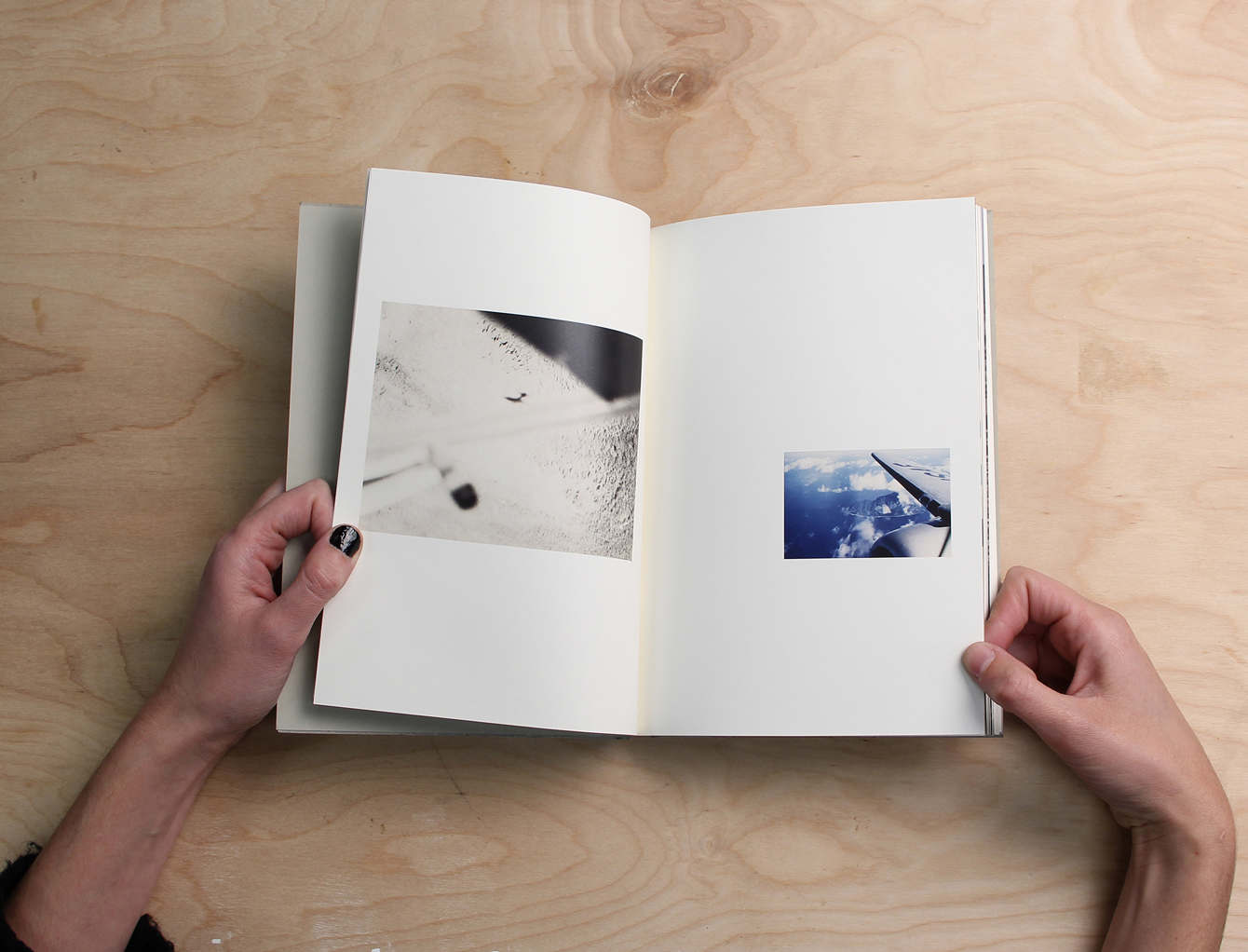
faculty of arts and sciences (FAS) research lunch
the american university of beirut, lebanon
west hall, auditorium c
september 21, 2018, 12:30pm
several lens-based works will be presented. these works question the limits of a particular moment of patriarchal imagining, and, in turn, the impact these limits have on domestic life. by shifting, morphing and redirecting constructs of militarism, power, gender and race, the artist’s photographic interventions with a 35mm khodachrome slide archive aim to reveal the duplicitous nature of myth and its vast contradictions. the source material spans across time and space––u.s., japan, europe––there's overlap, crossing of oceans, borders––fragmented memories of conflict are built into imagination.
the FAS research lunch aims offer an opportunity for full-faculty members to learn about one another's work, to build the FAS community, to enhance a research culture, and to encourage interdisciplinary collaborative projects.

feature on humble arts foundation
strange, uncanny, or otherwise unsettling photos of mcdonald's golden arches.
we're no fans of mcdonald's, but we can't escape the impact of their golden arches on our landscape, culture and emotional psyche. and unsurprisingly, they're incredibly photographic. their shimmering presence can be strange, funny, and ominous - at times a topographical eyesore, at others, an unfortunate landmark or "where's waldo" beacon of americanism wherever we go. we put out a call for various interpretations of the logo in context. without further ado, here are a multitude of photographs of the mcdonalds logo in its unsettling glory.
humble arts foundation is committed to promoting and supporting new photography, and dedicated to the artistic and professional development of those who practice it. based in new york city, seattle, detroit and san francisco, humble has served the international photography community for over a decade through exhibitions, grant making, publishing, educational programming and community building.

summer residency at byrdcliffe
woodstock byrdcliffe guild
34 tinker street
woostock, new york
june 21 - july 16, 2018
open studios: july 13, 6-8pm
since its founding in 1902, byrdcliffe has welcomed artists—bob dylan, philip guston, eva hesse, and hundreds more—to and live and work surrounded by 250 acres of the catskill mountains’ serene natural beauty. byrdcliffe offers several types of residency ranging from four weeks to five months to year-round for artists in multiple disciplines. the main criterion for acceptance to byrdcliffe’s air program is artistic excellence and a demonstrated commitment to one’s field of endeavor. byrdcliffe seeks to pull together artists from varying perspectives and demographics, engaging in a broad range of artistic practices.
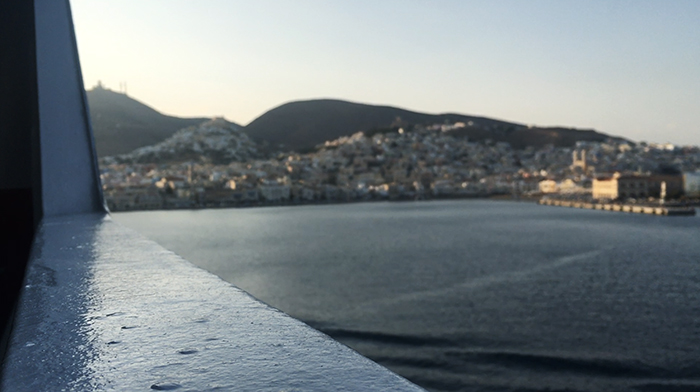
film screening and workshops at the university of the aegean
university of the aegean at syros island
archiepiskopou 5
ermoupoli, greece
may 21 & 22, 2018
this visit is made possible by a generous grant from erasmus+, the european union program for education.
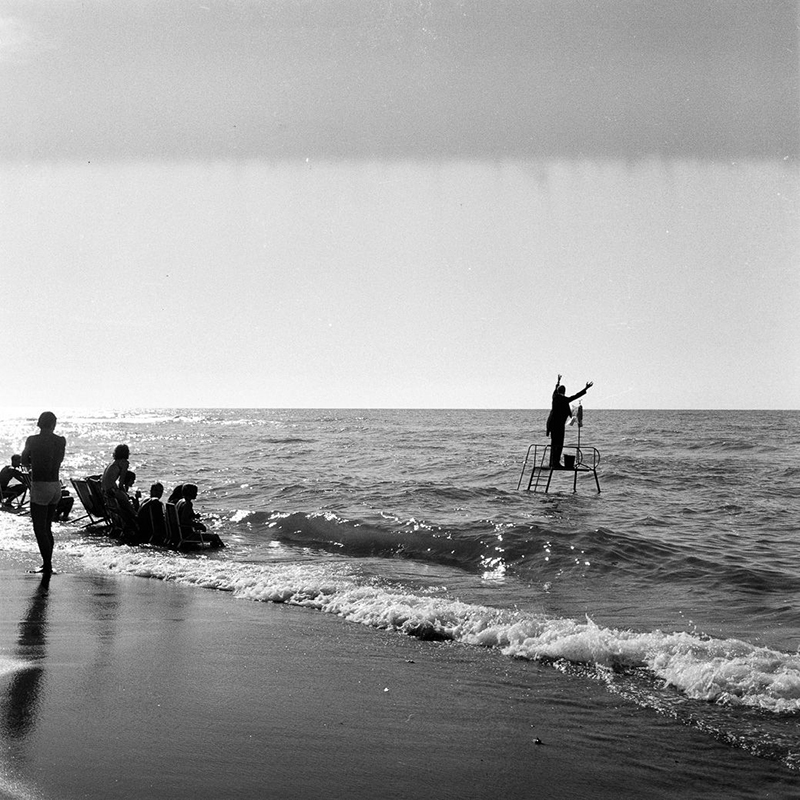
sea & society slide lecture
the american university of beirut
nicely building studios
beirut, lebanon
may 3, 2018, 2pm
this visual slide lecture focuses on an array of lens-based projects that intersect with notions of sea & society. the talk is performed in the context of a course led by nikolas kosmatopoulos, assistant professor of international affairs and anthropology at the american university of beirut, lebanon. the course promotes a sea-centered, theory-based and practice-oriented anthropological project and is part of kosmatopoulos' larger project titled, the floating laboratory on action and theory at sea (floats).
floats is a conversation inspired, motivated and literally moved by the sea. as such, it is located nowhere permanently, but rather it is rotating in the (mediterranean) sea, along other innate and non-innate flows, such as merchandise, minerals and militaries, occasionally navigating through them. floats seeks to be a continuous critical commentary on the perils of state-oriented sovereignty and land-centered social theory. it takes seriously the idea of “floating” and the state of contemporary rootlessness, as in migration, therefore, while facilitating floating conversations over questions of social theory and the environment, including the relationship between nature and humanity.
image: tadeusz kantor, panoramic sea happening, 1967
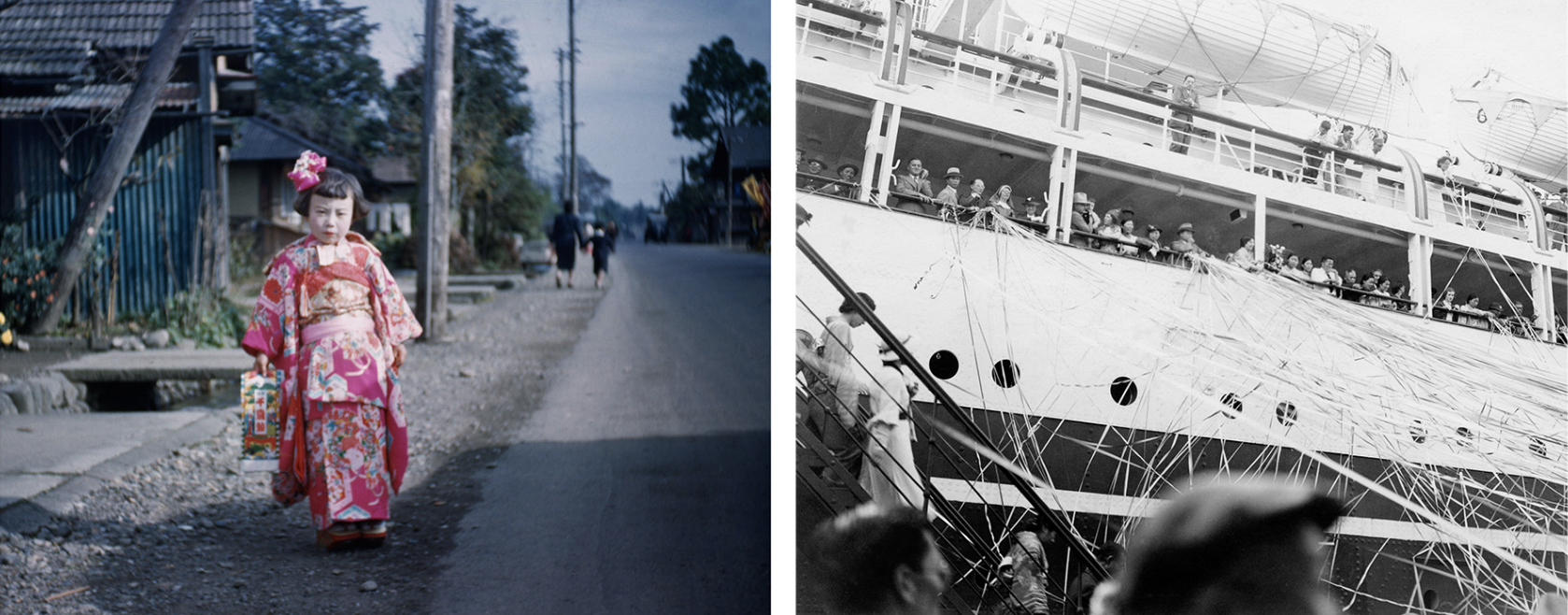
sustainable little tokyo
los angeles, california
april 18 - october 21, 2018
the japanese american cultural & community center and sustainable little tokyo present windows of little tokyo. beginning in spring 2018, the neighborhood of little tokyo, los angeles transforms into an exhibition with eleven artworks displayed on windows across the historic, 134-year-old japanese american neighborhood.
artists:
angelica villegas & jen cienfuegos
audrey chan
chiho harazaki
heather m. o'brien & jonathan takahashi
jaimee itagaki
jared yamahata
kenji liu
miyo stevens-gandara
nak bou
nancy uyemura (beginning july 15)
rina nakano
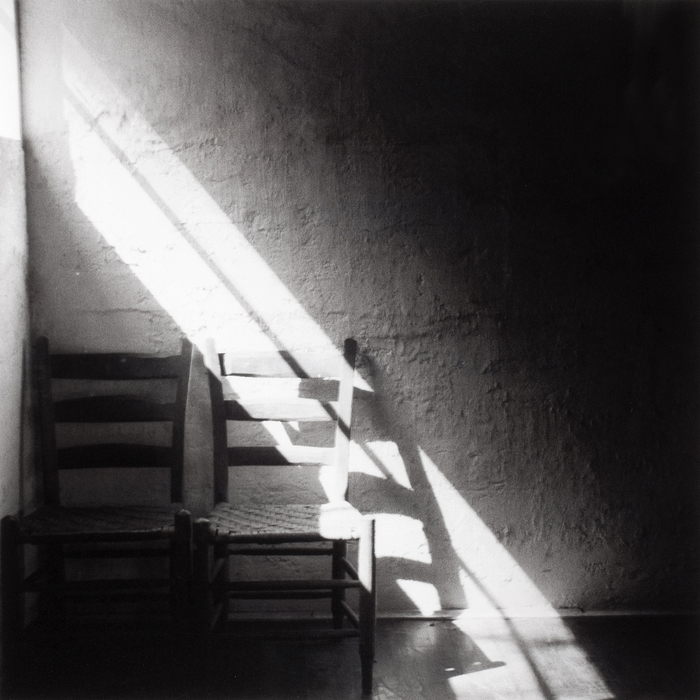
robert rauschenberg foundation archives grant
the rauschenberg foundation is pleased to announce the award grantees for the 2018 rauschenberg foundation archives research grant, a resource for researchers and scholars interested in visiting the rauschenberg foundation archives in new york city. this year's winners were selected from a competitive pool including historians, artists, curators, writers, poets and educators from over twenty-five different countries. they will be researching in residence at the foundation throughout 2018.
"robert rauschenberg was an artist of endless possibility, collaboration, and interpretation; his archives are the same. the inaugural researchers have the potential to reinterpret materials with diverse viewpoints and unique lines of investigations." said francine snyder, director of archives and scholarship. "we look forward to contemporary interpretations of the archives."
the robert rauschenberg foundation archives, consisting of robert rauschenberg's personal papers and the records from his florida and new york studios, is the most comprehensive body of information on the artist's life and career. the archives research grant supports continued scholarly and investigative use of these materials by supporting individuals that demonstrate a compelling need to use the archives.
2018 recipients:
john r. blakinger
lauren van haaften-schick
kathleen heil
grant johnson
leah mackin
megan metcalf
heather m. o’brien
letícia pumar
image: robert rauschenberg, quiet house-black mountain college, 1949

society for photographic education conference
philadelphia, pennsylvania
march 1 - 4, 2018
it is a timely moment to be an american educator in beirut, lebanon. how can we move beyond mass media and apprehension, into a deeper local politic and understanding of one another? this talk will explore pedagogy that challenges the dynamics of traditional classrooms, prioritizes open dialogue, and values the lived experience of each person in the room. photography, video and writing gestures where students become co-teachers will be discussed. considering the different temporalities from which we speak, when do we press the shutter? what is at stake in our images? what is visual literacy?
images: (left to right) u.s. marine corps, beirut barracks bombing, 1983 / layal rmieh, beirut, 2016
kw institute for contemporary art
auguststraße 69
berlin, germany
october 5, 2017, 2pm
session hosted by the sommerakademie paul klee fellowship program
over the period of summer 2017 to spring 2019, the sommerakademie paul klee bern grants fellowships to eight artists committed to issues spelled out in the realty program. having collectively pinned down some fundamental working premises, the fellows now convene in berlin to further elaborate the key premises, and share some core concerns with a small public. in conversation with tirdad zolghadr, the aim is to strategically reflect on the embeddedness of one’s practice within political, labor, and housing questions. with the point of departure being not only that contemporary art is an unregulated field par excellence. but that this precarious state of affairs produces the very cosmopolitan creative class that bolsters gentrification.

at work with allan sekula
beirut art center
jisr el wati, souk el ahad
beirut, lebanon
september 27, 2017, 6pm
allan sekula was an artist engaged in a lifelong investigation of our world, directly influenced by his experiences growing up amidst the shifting american economic landscape of the 1970s. he was itinerant geographically, but was also a traveller between different realms of knowledge. his recent exposure in his own country has reflected on the late artist’s extremely broad and varied body of work, that begun with his influential early publication photography against the grain. he articulated his explorations using different practical and conceptual tools; photography, writings and film, but also history of art, marxism, literature, history and psychoanalysis. his command of these fields made him an extraordinary writer, theoretician and teacher. the depth of his research and the diversity of his approaches perhaps undoubtedly contribute to the continued relevance of his observations, despite his untimely passing.
beirut art center invites a panel of writers, artists, educators, curators and critics, most of whom have personally worked with the artist, for a discussion centered on the relationship between the artist’s work and the ways his work has been exhibited, but also the specificity of his insights. the discussion will also deal with sekula’s work and pedagogical processes, which often aim to reorder visual hierarchies and constitute an important effort to combine practices which are often considered as opposed: art criticism and visual art practice.
participants:
sabine breitweiser
jurgen bock
pascal beausse
heather m. o'brien
moderated by marie muracciole

los angeles contemporary archive
709 north hill street
los angeles, california
sunday, november 12, 2017, 2–4pm
overcrossings was a series of three happenings on three pedestrian overcrossings above the interstate-110 arroyo seco freeway during summer 2016. the project will culminate in an artist publication. the i-110, celebrated as the world’s first freeway, has cut a wall through the communities of chinatown, cypress park, highland park, and south pasadena. in an attempt to provide safe access across these inhuman spaces, pedestrian overcrossings both accommodate and cage the body.
sixteen artists and two collectives engaged with each site and its surrounding communities through performance, temporary installations, and/or writing or print-specific projects for the publication. in this alienating maze of concrete and vehicles, how do we inhabit the paths built for walking?
the project takes inspiration from asco’s publications and guerrilla performances; erica avila's book folklore of the freeways; amy balkin's invisible-5 project; project x’s series of artist-led exhibitions and publications; rebecca solnit's book wanderlust: a history of walking; and the second-line brass bands of tremé who use the walls of the i-10 to amplify their music and voices.
artists:
erik benjamins
jess & yvette castillo
jonathan crisman
steven chodoriwsky
andrea huber
frances huynh
ryan s. jeffery
flora kao
labor, patao & alex reed
julie & kristy lovich
isa knafo & heather m. o'brien
scott oshima
jonathan takahashi
image: arroyo seco from old railroad trestle north of avenue 26, looking south, la county, 1940. courtesy of auto club of southern california archives.
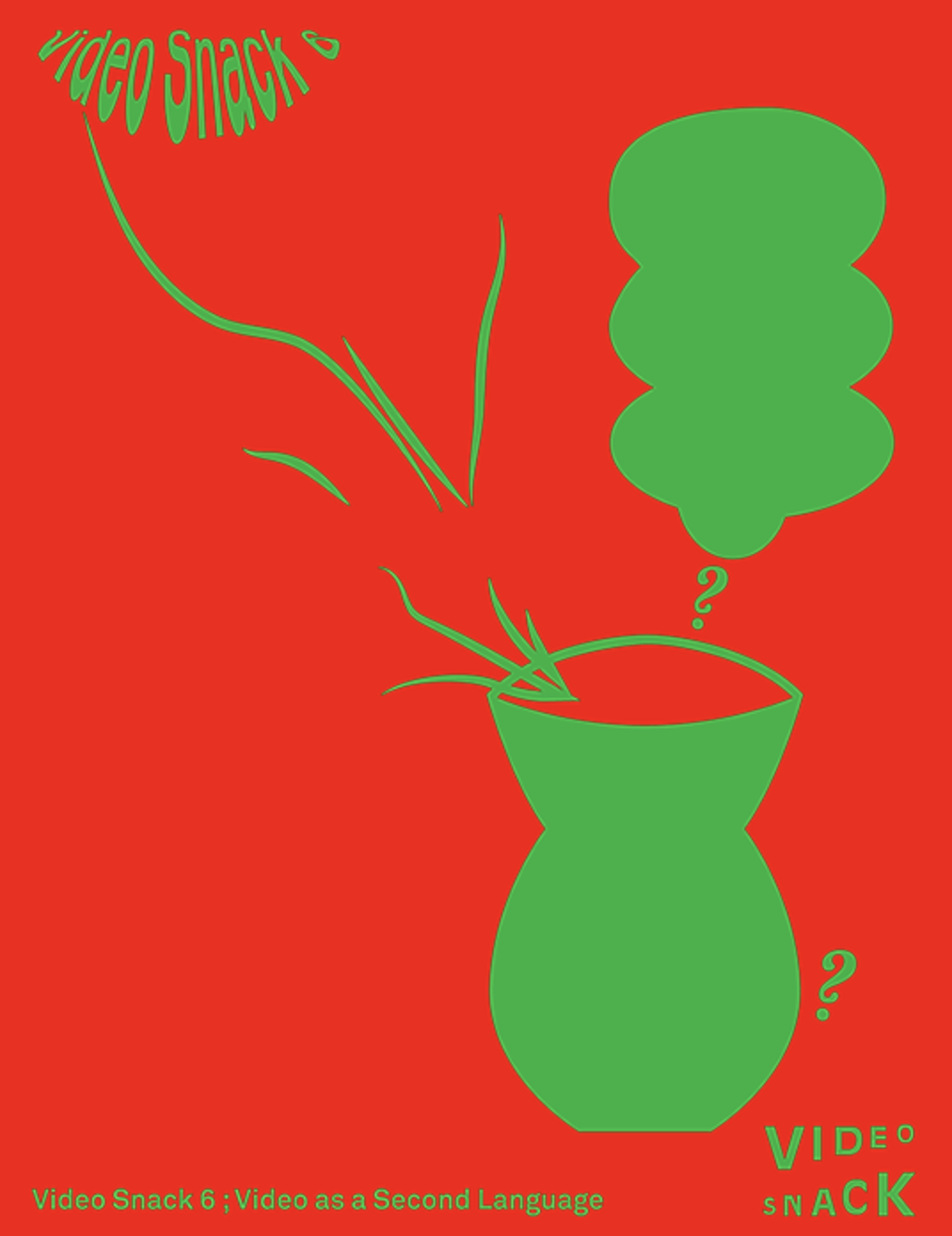
video snack
el museo de los sures
120 s 1st street
brooklyn, new york
saturday, november 11
5:30pm & 7:00pm
works by the following artists will be included:
astrid bai
nima behravan
arthur menezes brum
liz cambron
shahrzad changalvaee
raza kazmi
gene kim
cédric kouamé
& tomas da fonseca
este lewis
dan lucal
umber majeed
mary voorhees meehan
uno nam
lindsay nordell
heather m. o’brien
jeff ostergren
mitch patrick
jens pecho
ida pruitt
shirin sabahi
laurel schwulst
pallavi sen
ryann slauson
katie vida
alona weiss
guest curator cheon pyo lee
video snack is an informal video screening series that began in 2013 in response to the lack of events showcasing short videos. the event was and has remained a venue for artists working in video to meet each other and screen their work. many contributions are artworks, but this is not the rule. contributors may also submit found videos likely to be seen on youtube, vimeo, and facebook. in this sense, video snack is modeled after the fragmented visual sequences played out as web pages are flipped through, scrolled along, opened and closed.
lauren francescone and zeynab izadyar are co-founders.
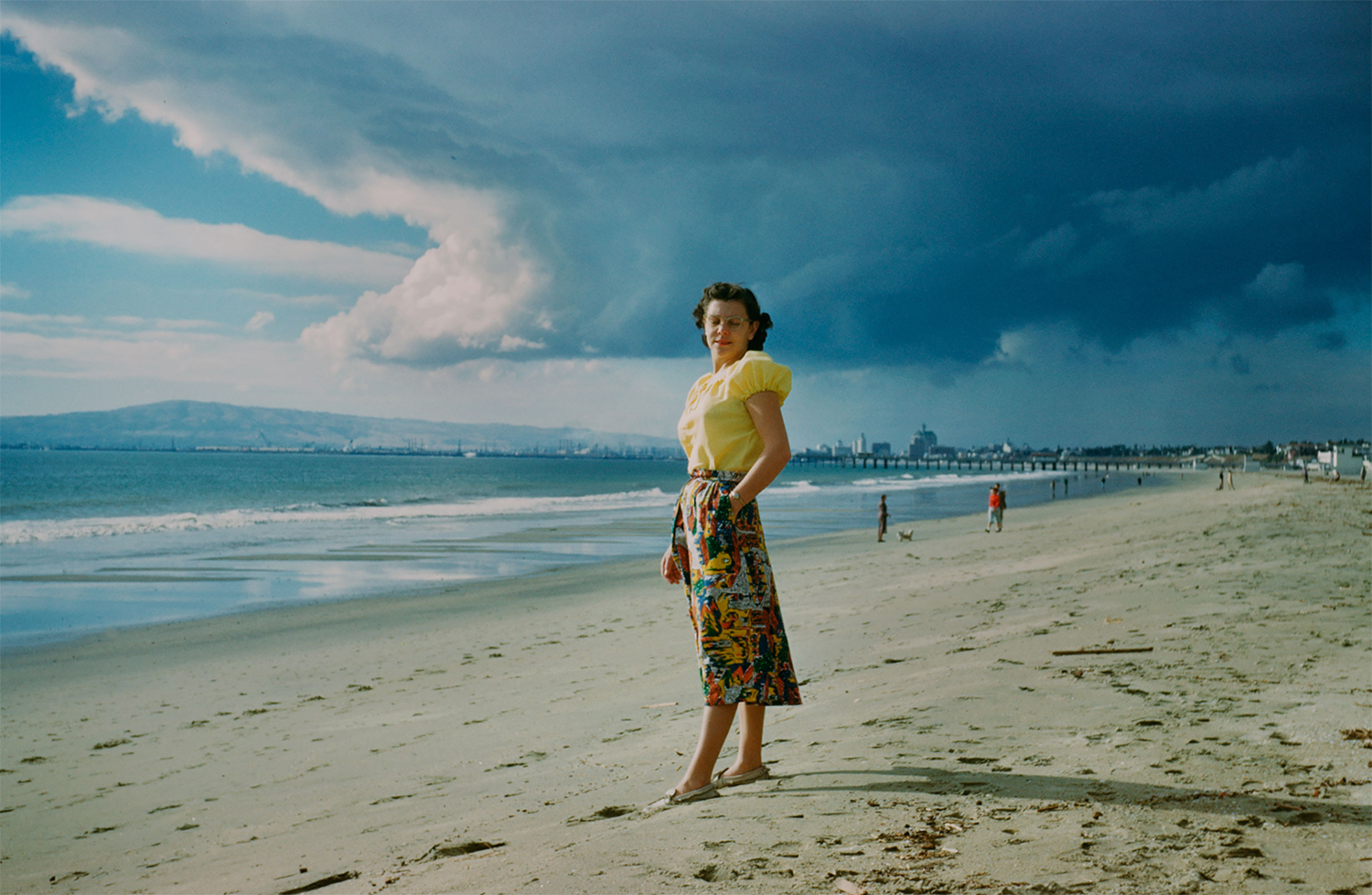
in search of lost time
the international center of photography
rita k. hillman education gallery
1114 avenue of the americas
new york, new york
september 16 – november 19, 2017
opening reception: friday, september 15, 2017, 6–8pm
how has the act of remembering—and forgetting—been transformed in the digital age?
photography’s relationship with the concept of memory stretches its entire history and includes its every iteration. only now has the distribution of photography exploded with newfound ubiquity, ushering in a paradigm shift that bears semblance to that of the gutenberg press. photography’s various forms have converged onto a point of accessibility where what was once a luxury is now a presupposition. as the degrees of separation between people decrease, so do those between past, present, and future. to remember is to engage with all three, and to create is to make them tangible. the collective consciousness of humankind speaks a visual language, and photography is poised, now more than ever, to upend the very notion of what it means to create.
within the context of an evolving and transformative landscape of photographic practice, how has our perception of the concept of memory changed?
in search of lost time is curated by miles goscha, mohamed almannai and mengwen cao. it features the work of fellow alumni artists, including kinuko asano, sarah blesener, maria bilbao herrera, jeri coppola, camilla cerea, marjolaine gallet, kasia gumpert, jhe ming hsu, ivana larrosa, paula lombardi, stacy mehrfar, caterina miani, cédric von niederhäusern, heather m. o’brien, un-hee park, laís pontes, louise prévert, verónica puche, david b. smith, daniel temkin, and eliso tsintsabadze. additional collaborators include pavel filkov and robert langellier.
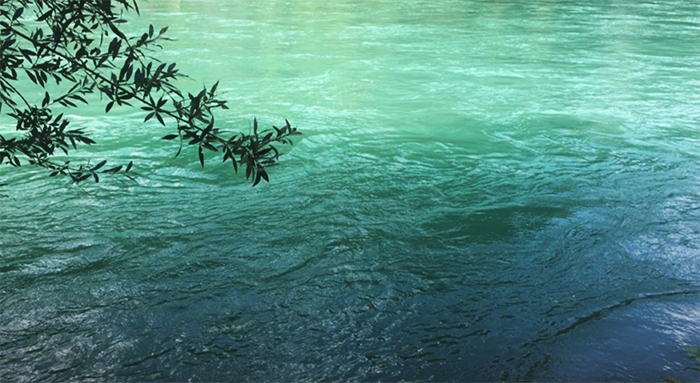
realty
sommerakademie paul klee
august 2017 - april 2019
bern, switzerland
the new sommerakademie paul klee, under newly appointed artistic director tirdad zolghadr, is a fellowship program hosted by the bern university of the arts hbk and the zentrum paul klee.
over two summer sessions––august 2017 and august 2018––eight fellows are granted access to the university’s infrastructure and technical support, and will proceed to collectively author a public event scheduled for april 2019. although based on the idea of an academy, the aim is to transcend the blueprint of seminars and tutorials, and to focus on group research and cross-professional coalition building.
realty is the name of the first thematic building block, and it focuses on the role of contemporary art in recent histories of urban development and gentrification. the latter is a stark and grisly example of art’s leverage today, and finding a productive response to gentrification has evolved into something of a holy grail within the field internationally. in order to bypass the melancholia, and avoid theorizing our failures yet again, our references must go beyond the usual scope of euro-american art and academia. if the term “gentrification” implies a multiplicity of often underestimated factors, what does this mean for possible rules of engagement? in order to address these and other questions, realty will need to take stock of legal implications as well as artist initiatives, urban regeneration policies, chronospatial mythologies, art and/as architecture, and more.
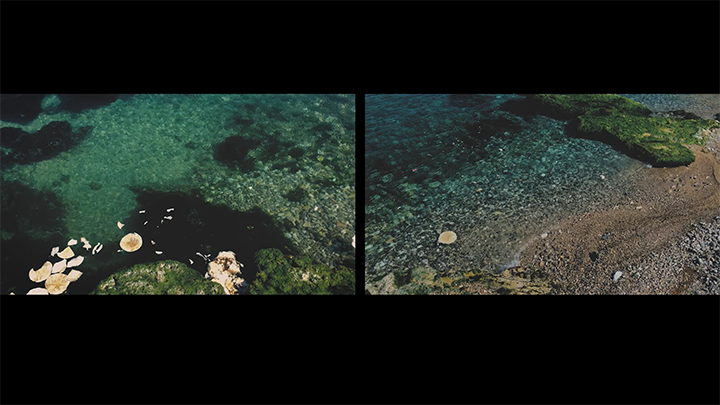
water rights residency
santa fe art institute
june 2017
santa fe, new mexico
because water is seen, now more than ever, as a contested resource, santa fe art institute (sfai) is committed to bringing together local, national, and global thinkers and creators to collectively expand and revise our knowledge of what we think we know about water rights. new mexico is rich in its relationship to water––a position created over a long history of corporate, environmental, political, and multicultural claims to this essential resource.
from september 2016 through june of 2017, sfai and its community partners will explore several questions: how do we describe and define the contested space around water? if water use is often parallel to culture, how can cultural activities result in greater models of equity to our water systems? how can diverse practices, from poetic to practical to political, create greater access to these and other parallel resources?

where this photograph was found
hathaway contemporary
887 howell mill rd. nw
atlanta, georgia
april 22 - june 11, 2017
film screening and artist talk: may 20, 7-9pm
please join us for a solo exhibition by heather m. o’brien, who participated in mint’s 2016 group exhibition where we are going, where we have been. heather will present two of her recent short films, where this photograph was found, and our machines are made of pure sunlight, and will give an artist talk the the evening of may 20.
heather's work explores how capitalist desire and militaristic legacy construct our ideas about home. she seeks to build encounters around issues that undo american social and cultural conditioning, and the illusion of accurate memory.

dissecting the national imagination
society for photographic education conference
orlando, florida
march 9 - 12, 2017
jasmine rayna clark, heather m. o'brien, greta pratt, and rebecca sittler
and who are you that draws your veil across the stars?
in 1938, langston hughes wrote this question in 'let america be america again,' a poem that demanded fulfillment of a dream that never was. decades later, constructed heroic identities continue to limit our personal and political imaginations. these four artists explore pervasive and predominantly masculine american icons: the explorer, the cowboy, the president, and the war hero. shifting and recontextualizing contemporary constructs of militarism, gender, and race, they reveal the duplicitous nature of myth and its vast contradictions. who is behind the veil? what was burnt out by the stars?









